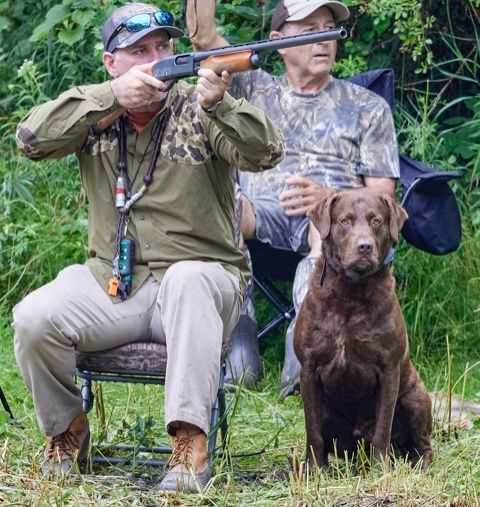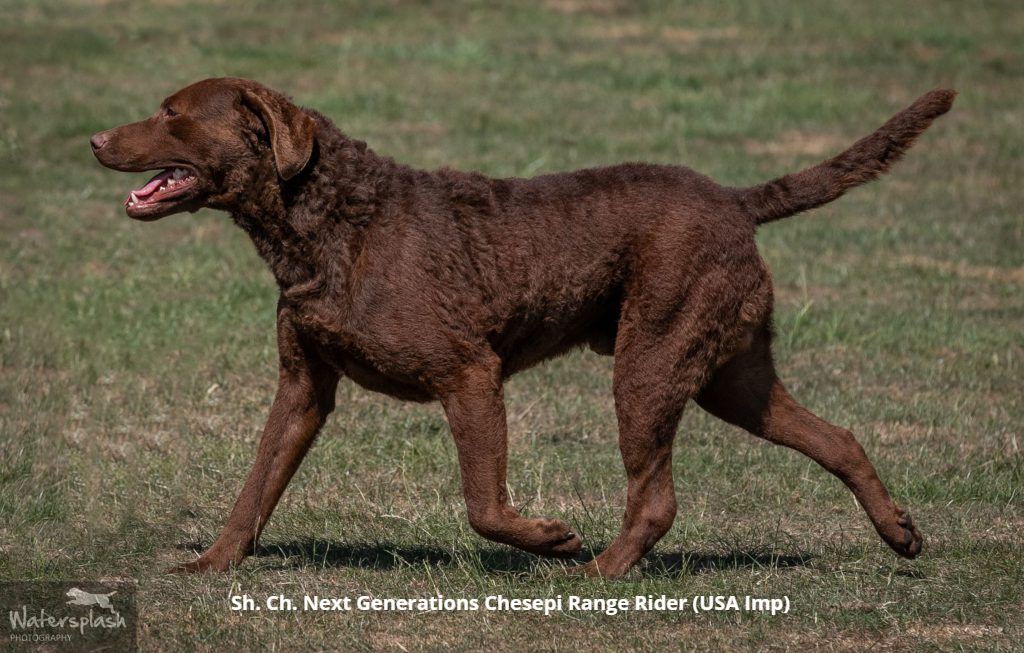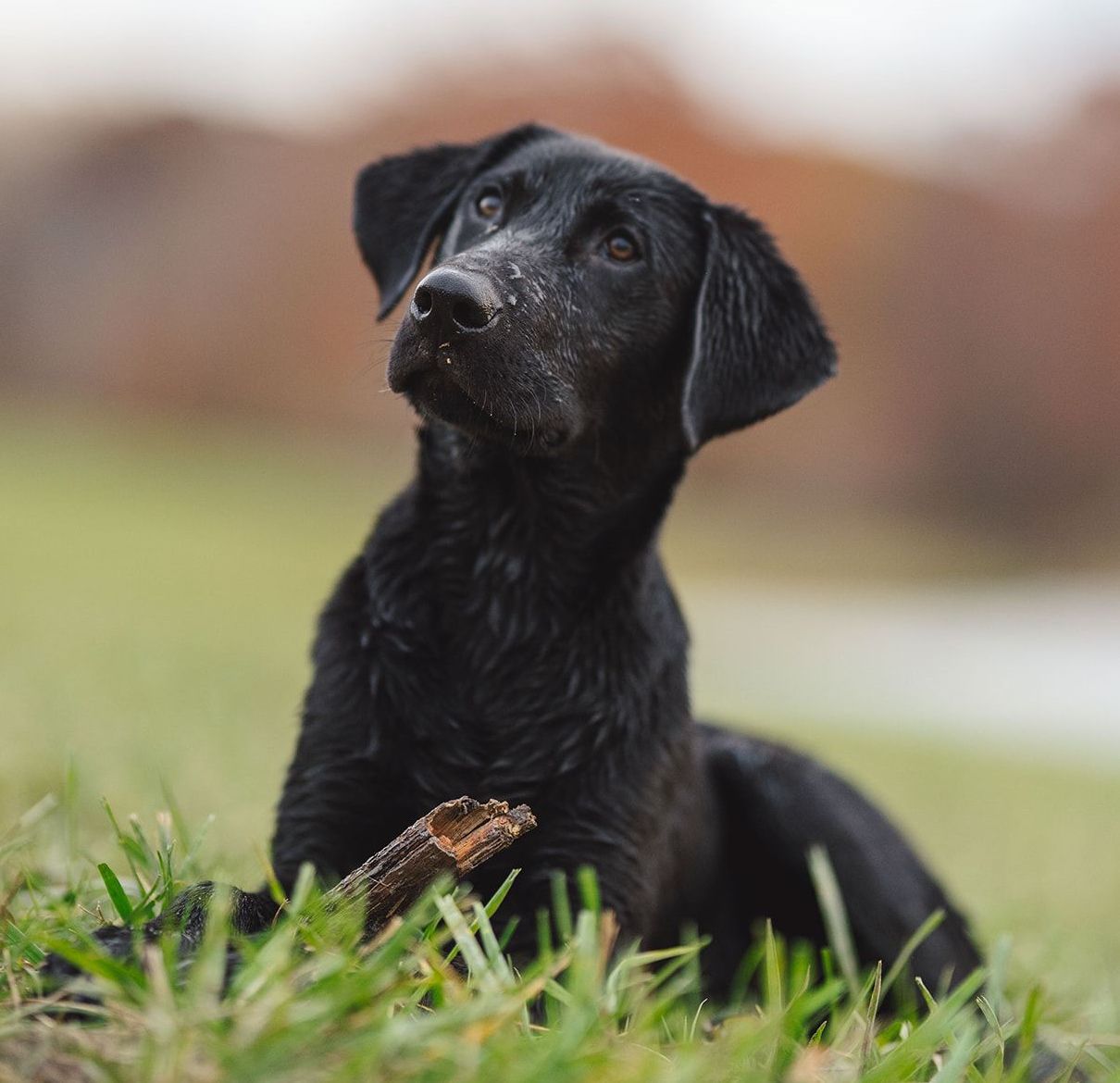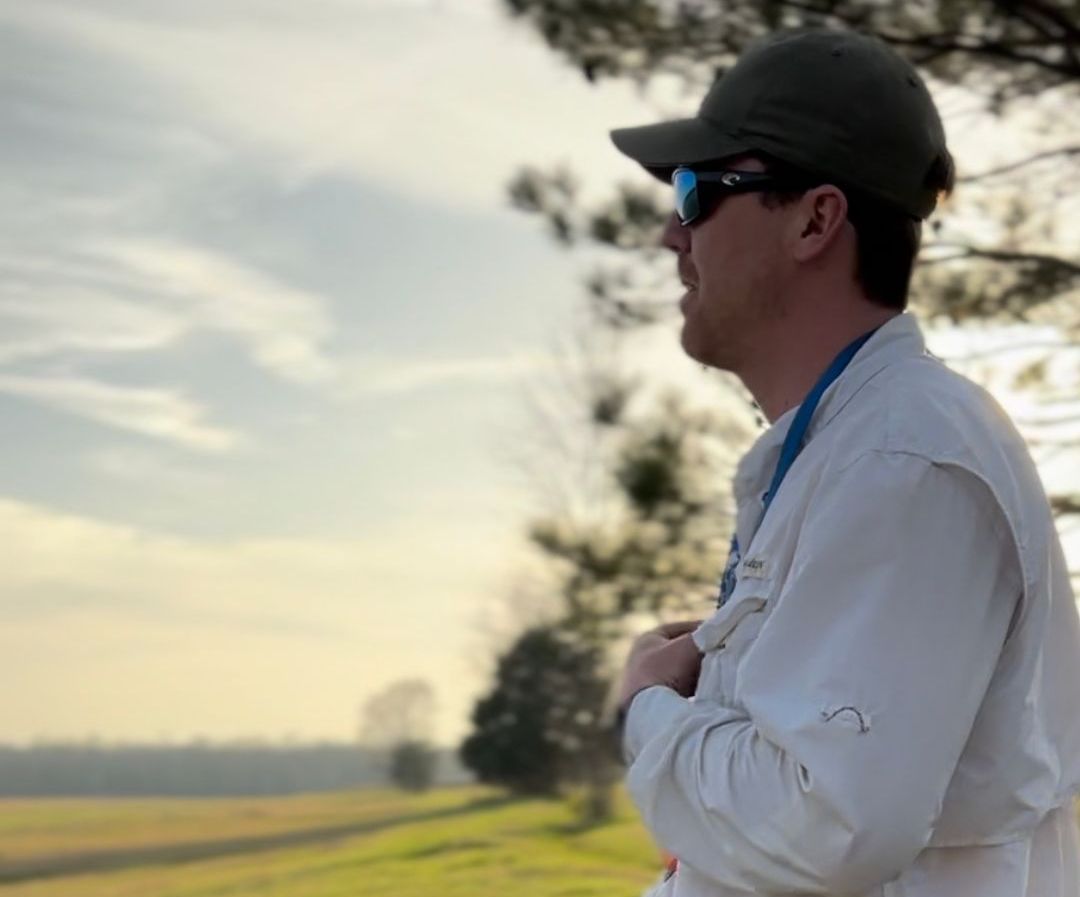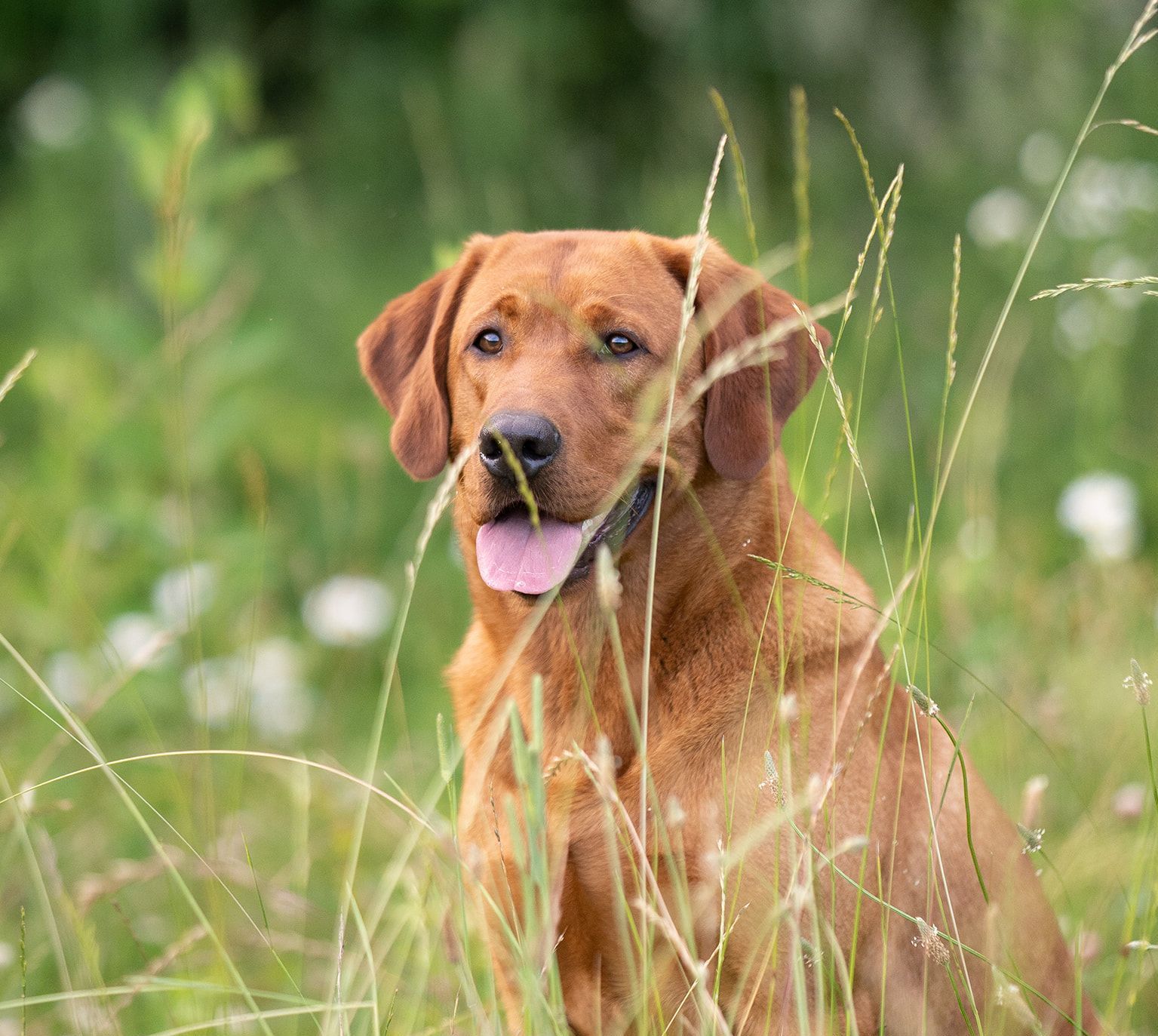The retrievers that were developed to not only work but thrive in these conditions were tougher! To know this breed is to understand its history. What they were developed for and what they did. The All-American Chesapeake Bay Retriever was named after the famous bay where they originated. These Chesapeake Bay Dogs evolved and were used by the market hunters that worked in the area. Routinely retrieving hundreds of downed ducks, geese, and swans in the most adverse conditions, they had to battle all day and halfway through the night through frigid temperatures, rough seas, high tides, and icy surf. This was all in an effort to fill the American consumer's demand for fresh Game. After the long days, the dogs were then asked to perform the herculean task of guarding the gunner's rig throughout the night as he traveled to the local market to deliver the fowl. The birds would be shipped north to the finest restaurants in New York, Baltimore, and Chicago.
In Nash Buckingham’s classic book “Game Bag”, the author mentions his personal Chesapeake, Pat, and highlights the breed's power and work ethic after hundreds of retrieves while shooting on the mighty Mississippi River. Pat has challenged the treacherous might of the most powerful river on earth. He’s battled its every hazard and fury, and beaten down every obstacle its restless cunning could devise. Yep, he’s licked Ole Miss at her own game, with no odds or quarter asked or given.” Plain and simple, the Chesapeake Bay Retriever was purposely bred to work. Work that was done with flaming courage and unspeakable devotion.

